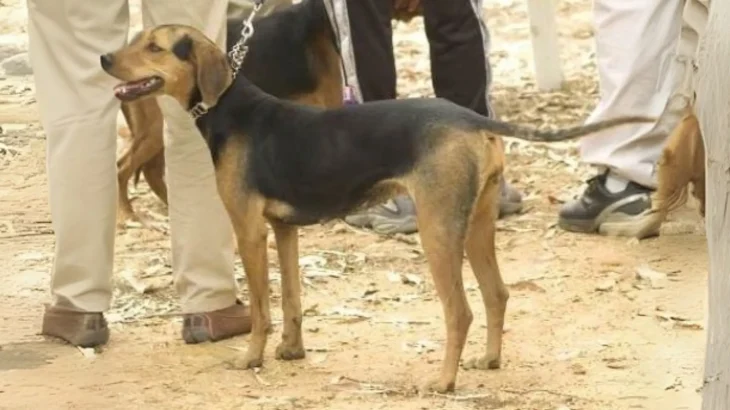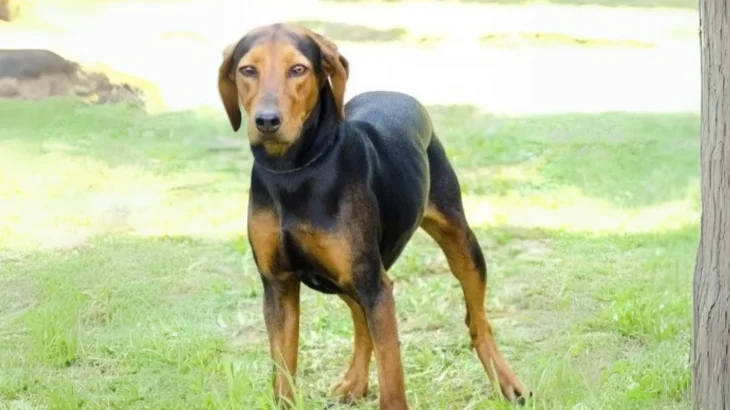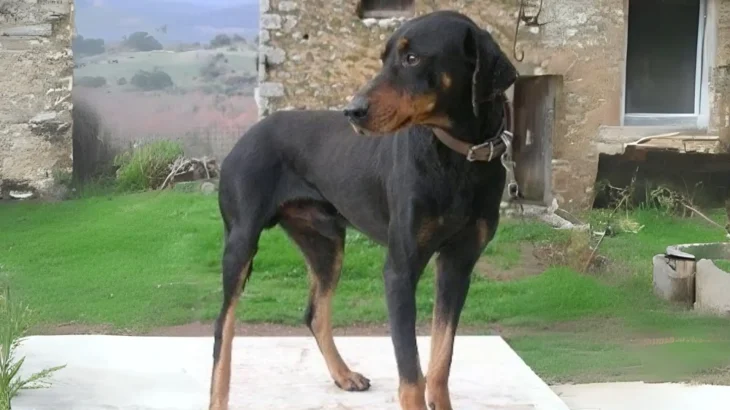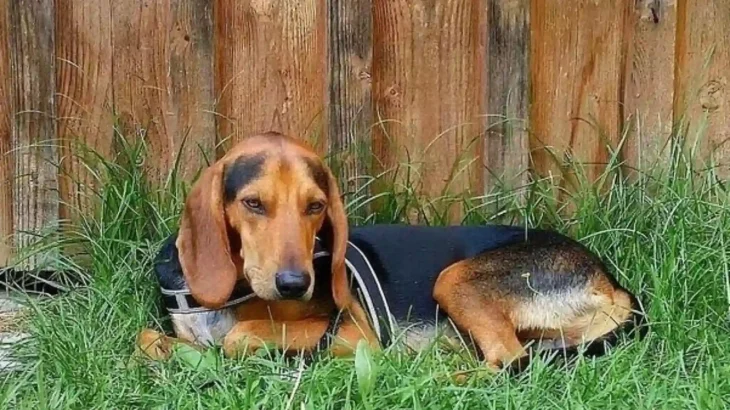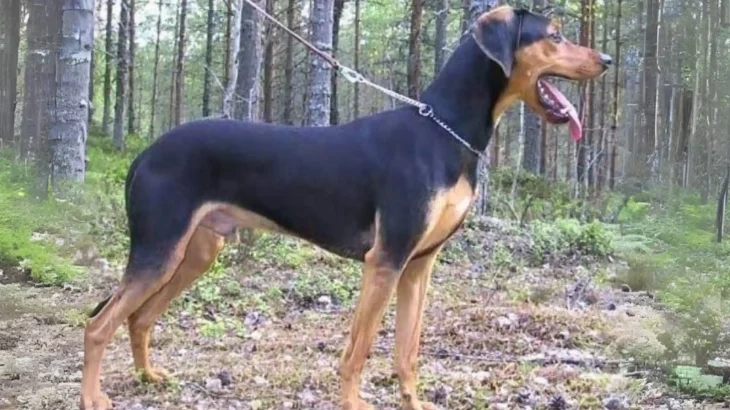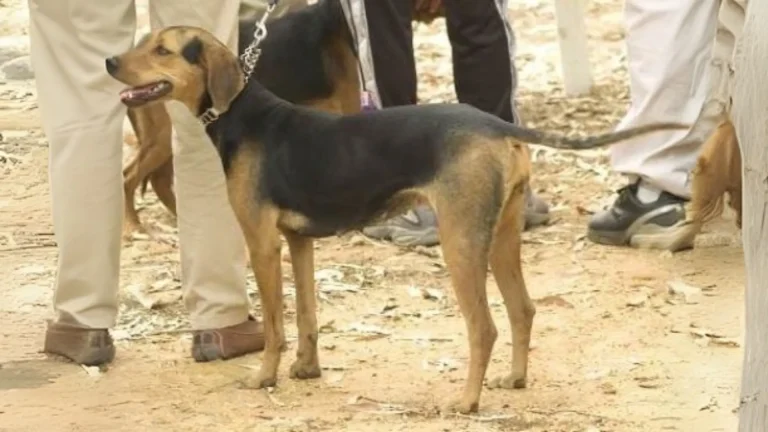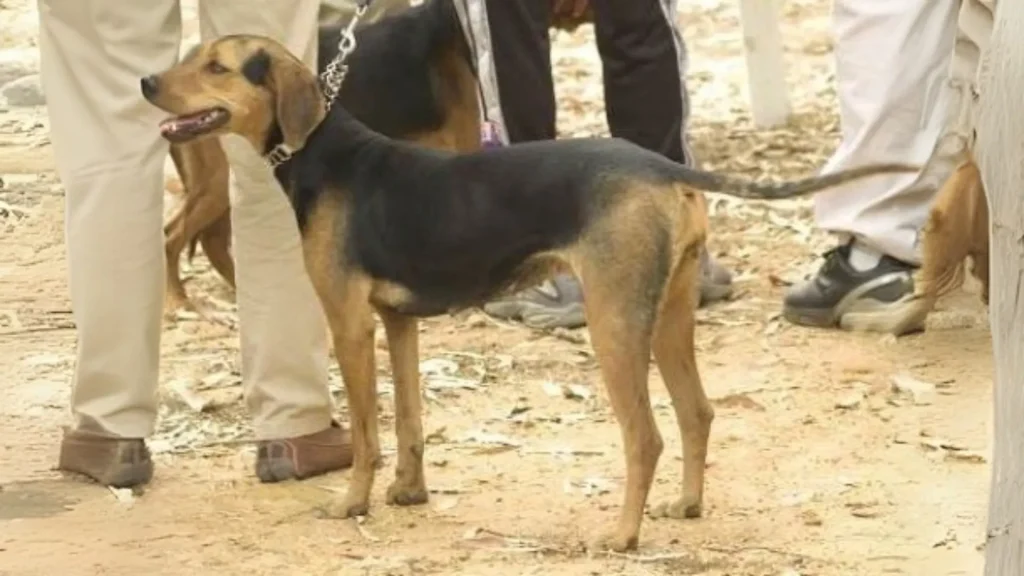When deciding how to bring a Greek Harehound into your life, you might weigh the choice between adoption and buying from a breeder. Each option offers distinct benefits, especially in aspects like health transparency, cost, and ethical impact. Understanding these can help you make a decision that suits your values and lifestyle.
Adoption vs. Breeder: Pros & Cons
| Criteria | Buying from Breeder | Adopting from Shelter/Rescue |
|---|---|---|
| Cost | Typically higher, reflecting pedigree and breeder investment. | Usually lower, with fees going toward the dog's care and shelter costs. |
| Health History | Comprehensive records and genetic testing often provided. | May be incomplete or unknown; shelters may offer basic health checks. |
| Age Availability | Primarily puppies, allowing early bonding and training. | Various ages, including adults; good if you want a mature dog. |
| Temperament Insight | Breeders share lineage-based behavior traits and socialization history. | Shelter staff offer observation-based insights, though background is limited. |
| Supporting Practices | Supports responsible breeding when ethically managed, preserving breed traits. | Helps reduce shelter populations and gives a home to a dog in need. |
| Ethical Considerations | Important to choose reputable breeders to avoid supporting puppy mills. | Promotes animal welfare by rescuing and rehoming abandoned or surrendered dogs. |

